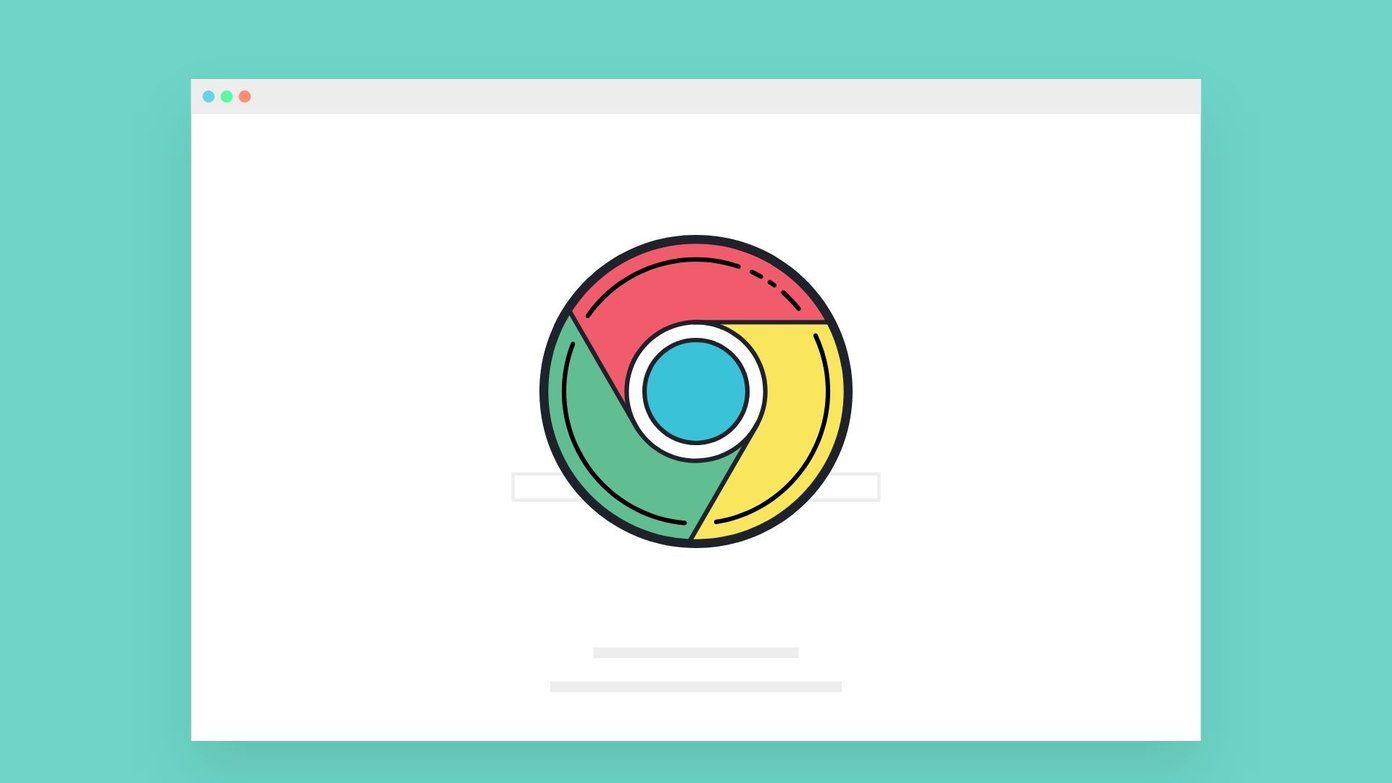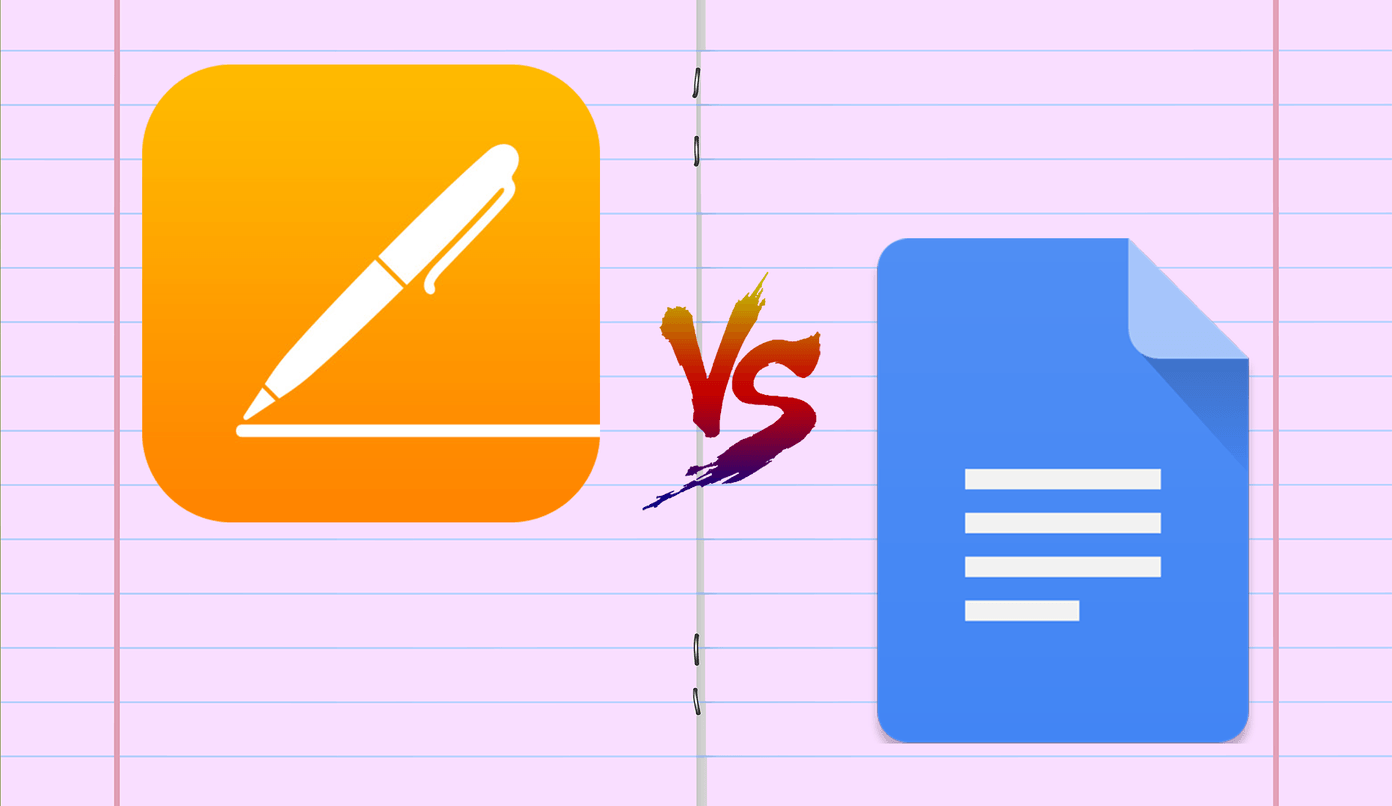Symptoms of a Hard Disk Problem
The worst noise you’ll hear from a mechanical hard disk is a clicking or grinding noise. That means the drive is failing. At that point, the drive isn’t repairable. It’s time to back up your data and then replace the drive. You already have a backup though, right? Not all drives exhibit symptoms in this way. Sometimes you’ll get the prohibitory no symbol at startup or a flashing folder with a question mark. After turning off your Mac and turning it back on, the system boots just fine. Other times you’ll get the spinning rainbow wheel, letting you know your Mac is waiting on something. That could be because your Mac is waiting on the hard drive.no symbol at startup or a flashing folder with a question mark. After turning off your Mac and turning it back on, the system boots just fine. Other times you’ll get the spinning rainbow wheel, letting you know your Mac is waiting on something. That could be because your Mac is waiting on the hard drive.
Diagnosing the Problem
If you suspect your hard disk is failing, it is time to make a backup. Now. Again, you should already have a backup of your Mac. Don’t proceed before you try to make a backup. Apple’s Disk Utility is the first place to start. Reboot your Mac and hold down the command and r key down at the same time to enter Recovery Mode. When you reboot, you’ll see the OS X Utilities window. At the bottom of the list is Disk Utility. Select Disk First Aid to test the hard drive for problems. The utility will fix any problems or warn you of a S.M.A.R.T hard drive error. If Disk Utility finds any problems, try rebooting and see if everything is working. Some Macs have a built-in hardware diagnostic. Reboot your Mac holding down the D key. That runs a full hardware test on your Mac. The diagnostic will report any problems, including the hard drive.
Your Might Have a Confused Hard Drive
The Mac’s journaled file system usually keeps things in order. Glitches and improper shutdowns might leave things scrambled. If Disk Utility reports a problem it can’t fix, it is time to try a third party utility. My favorite is Disk Warrior. It often fixes problems Apple’s utility can’t. It can also do more diagnostics on your drive. You’ll need to boot your Mac off a Disk Warrior flash drive to do testing and repair. The program creates a Recovery flash drive. During its diagnostic process it will repair and optimize the drive. If it detects a hard drive error, the program warns you.
Sometimes it isn’t the Hard Disk
If you’ve tried all this and are still having problems, there could be something wrong with your Mac other than the hard drive. If you have a MacBook Pro, the ribbon cable that connects the hard drive to the rest of the computer can go bad. The Mac exhibits all the same symptoms as a failed hard drive. The best way to figure this out is to remove your hard drive and try it in another Mac. If the hard drive works on another computer, then it isn’t your hard drive. The other typical problem is operating system errors. A system update or upgrade was interrupted leaving your Mac in a confused state. You can reinstall your operating system from the recovery mode. That won’t erase any data on your Mac. Rarely the problem is in the Mac’s System Management Controller (SMC) . Before you give up hope, try Apple’s procedure for resetting the SMC.
What if You Have a Solid State Drive?
Solid State Drives (SSDs) don’t make the typical noises of a mechanical hard drive. After all,they have no moving parts. The testing procedures are the same. You won’t be able to easily remove the hard drive to test it in another machine. Programs like Disk Warrior are smart enough to change the optimization procedure for an SSD drive.
Replacing the Hard Drive
Some Macs have easy hard drives to replace. Some Mac models hard drives aren’t replaceable by end users. Most Mac-savvy retailers know the difference and can guide you towards the right repair. Replacing your hard drive with an SSD will give you the best performance, but may limit your storage space. We cover the differences here. ALSO READ: DaisyDisk: The Best, Most Intuitive App to Find Large Files on Your Mac’s Hard Drive The above article may contain affiliate links which help support Guiding Tech. However, it does not affect our editorial integrity. The content remains unbiased and authentic.















